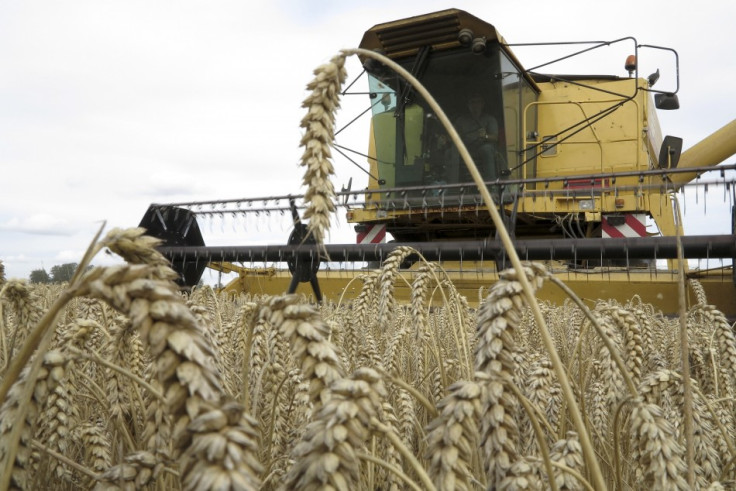CAP: Facts About EU Farming Subsidies

The European Union is looking again at its controversial Common Agricultural Policy, with a view of reforming it and cutting costs.
IBTimes UK looks at some facts about the CAP.
What is the total cost of CAP?
€58bn a year - a huge 39% of the EU's total annual budget.
That's a lot - just how many farmers are there in the EU?
The EU says there are 14 million farmers with a further 4 million people employed in the food sector. Taken together, farming and food account for 7% of all jobs in the EU and generate 6% of GDP across the area. What's more, half the EU population lives in rural areas.
What is it spent on?
Mostly direct subsidies for EU farmers, rural development, and regional aid. It is there to improve and encourage farming in the EU
Who benefits most?
French farmers. They are the biggest agricultural producers in the whole of the EU, representing around a fifth of total output from the 27-member state area. In 2011, France got £9.5bn of this EU aid.
So how much does the UK receive from CAP?
Nothing. It is actually a net contributor. According to Open Europe, between 2007 and 2013 the UK contributed £33.7bn to the CAP, but only got £26.6bn back.
Is the EU making any changes?
Yes. CAP has been heavily criticised for years. It has been accused of artificially inflating food prices through subsidy intervention, keeping inefficient farms afloat, and benefiting the biggest firms more than the smaller ones.
However, the EU is looking at reforms due for 2014 onwards that would encourage sustainable rather than intensive farming and which will see the total cost slashed by billions to save money amid Europe-wide government austerity.
© Copyright IBTimes 2025. All rights reserved.






















